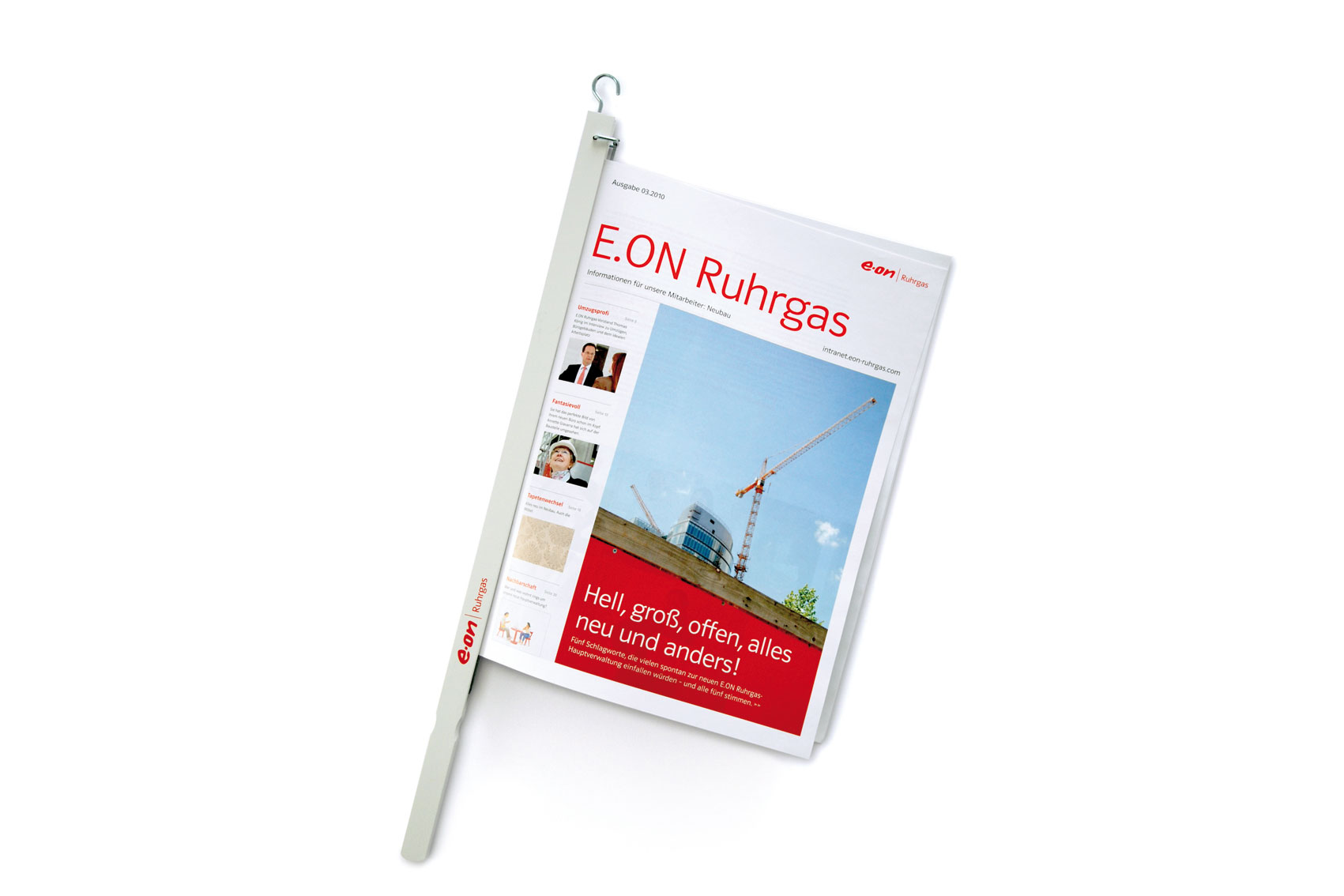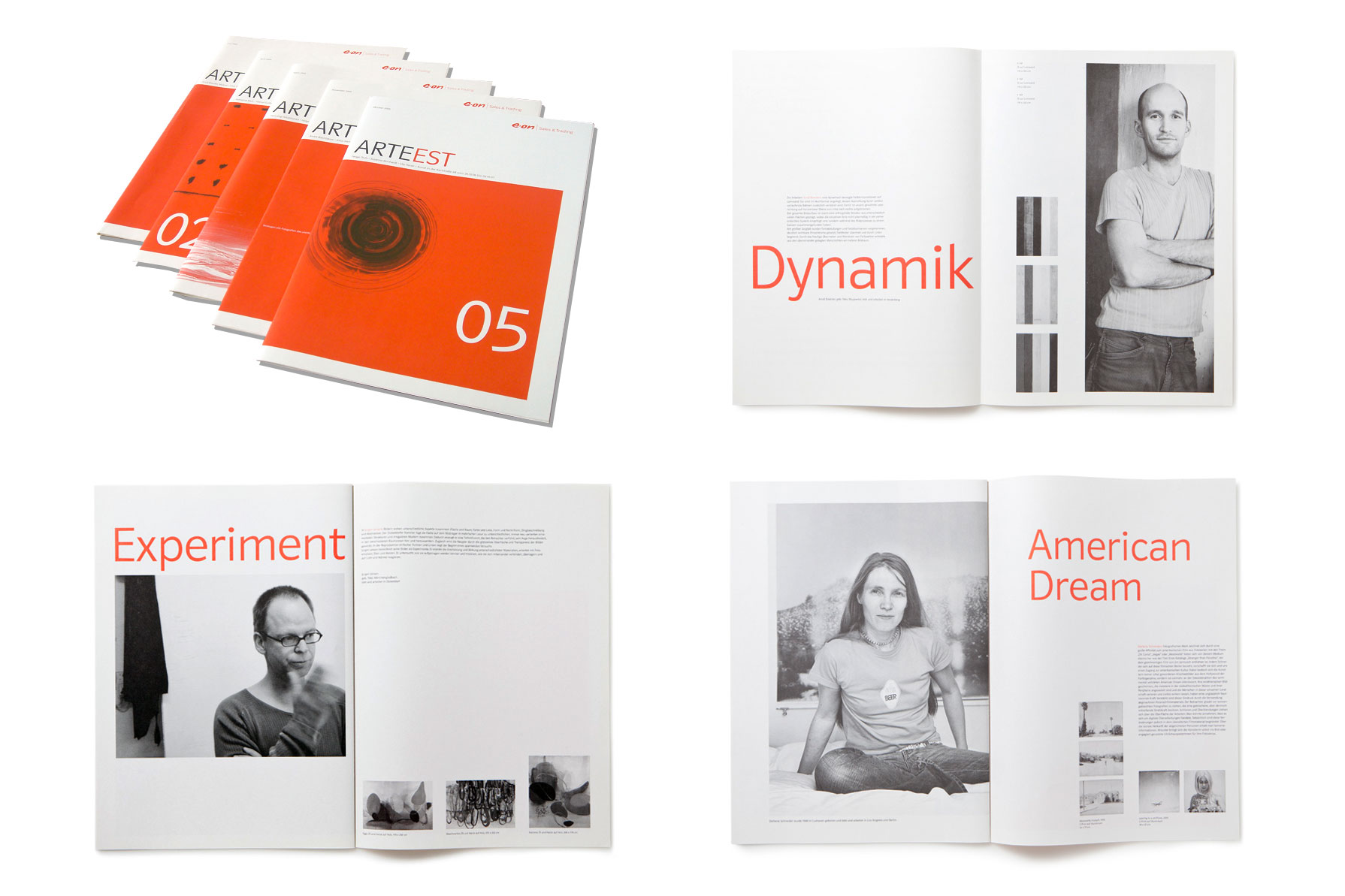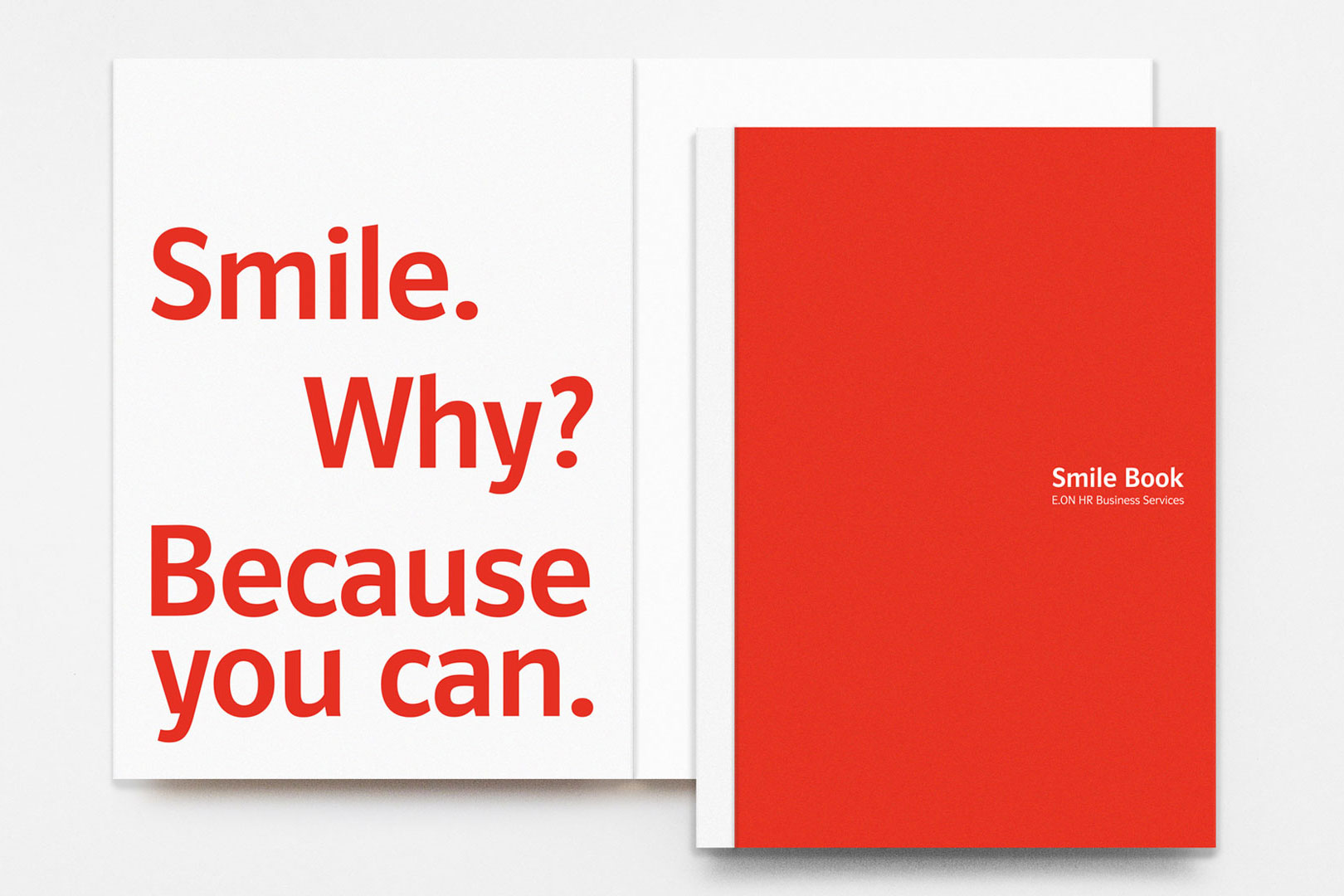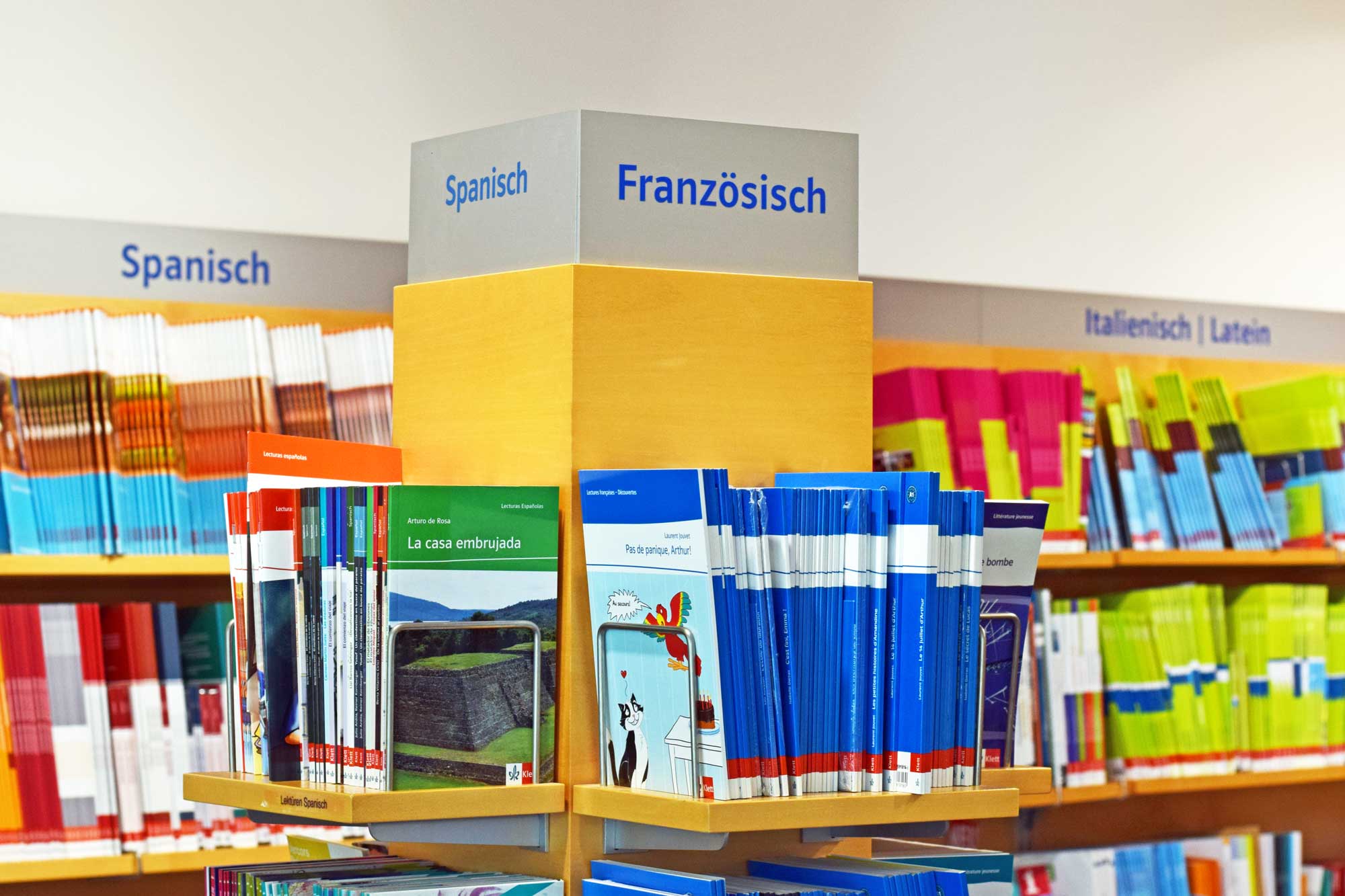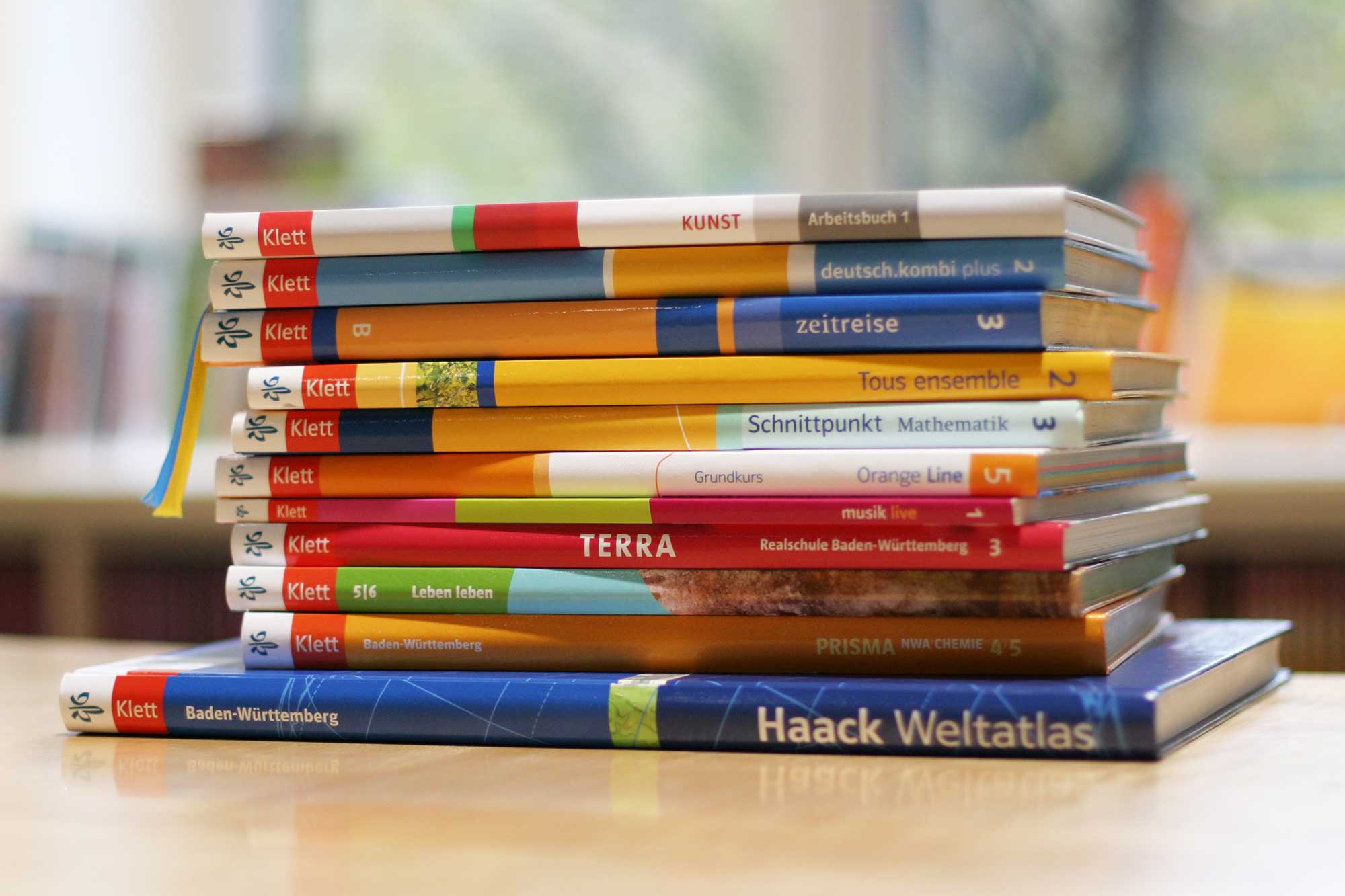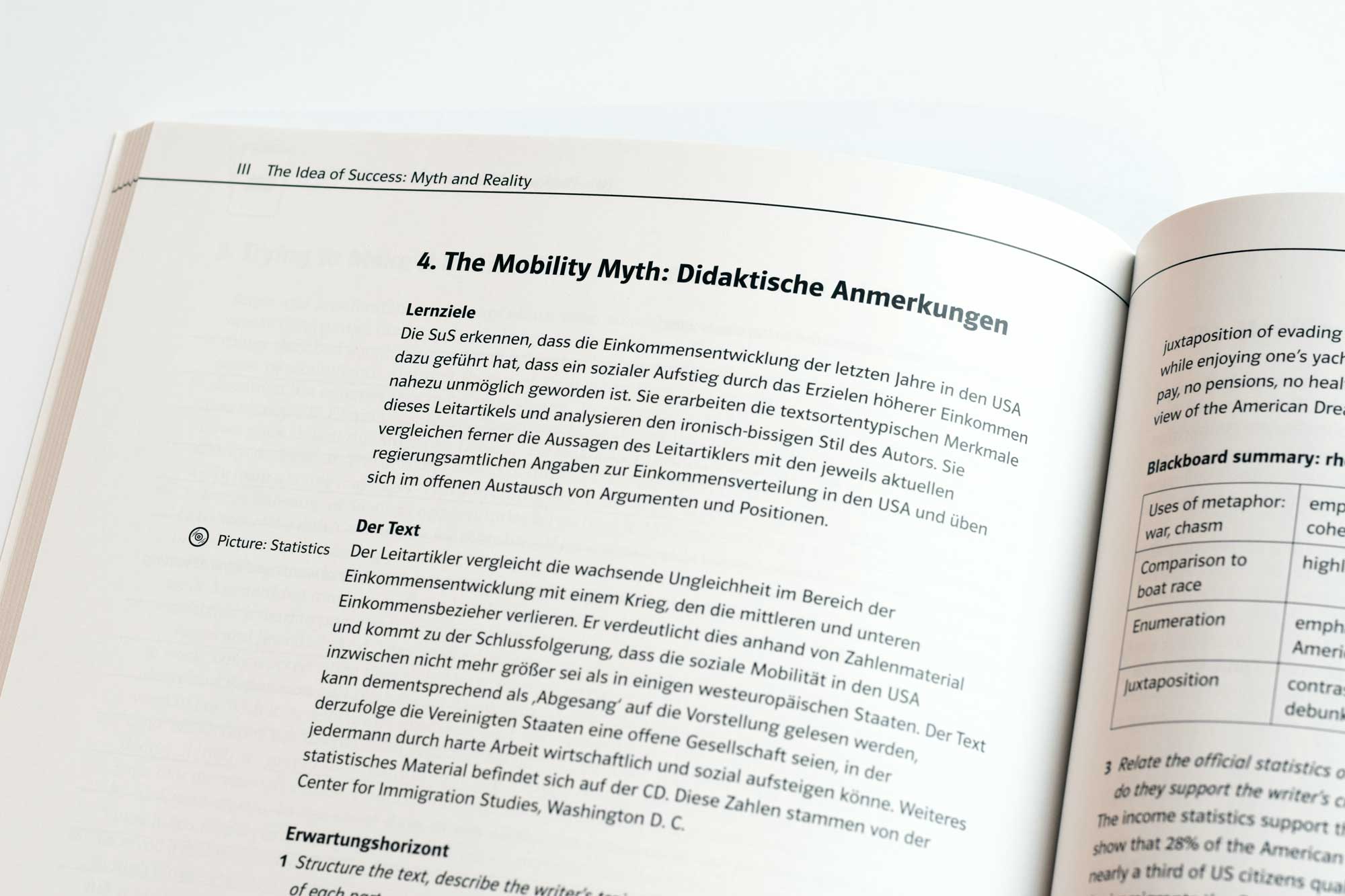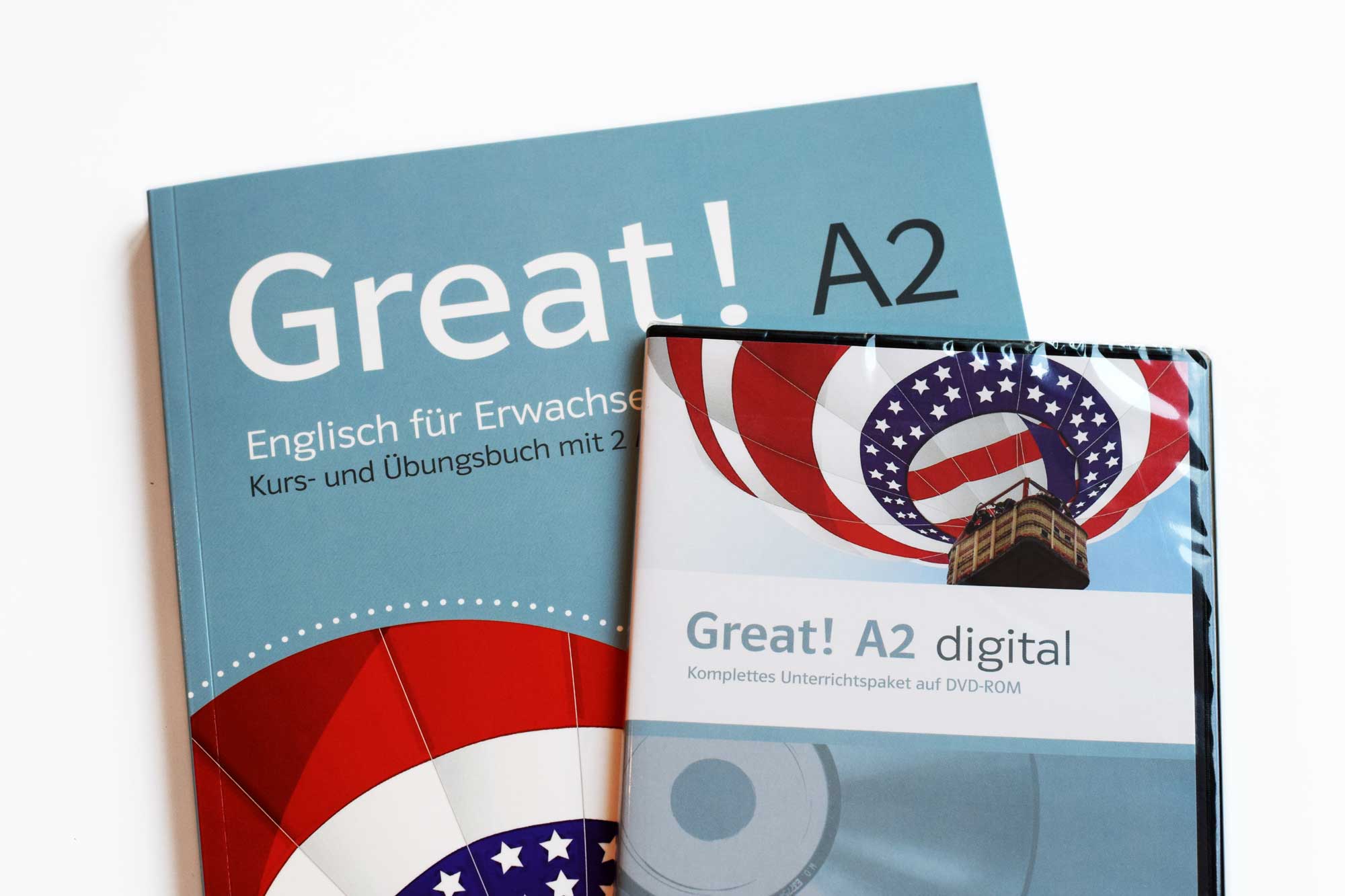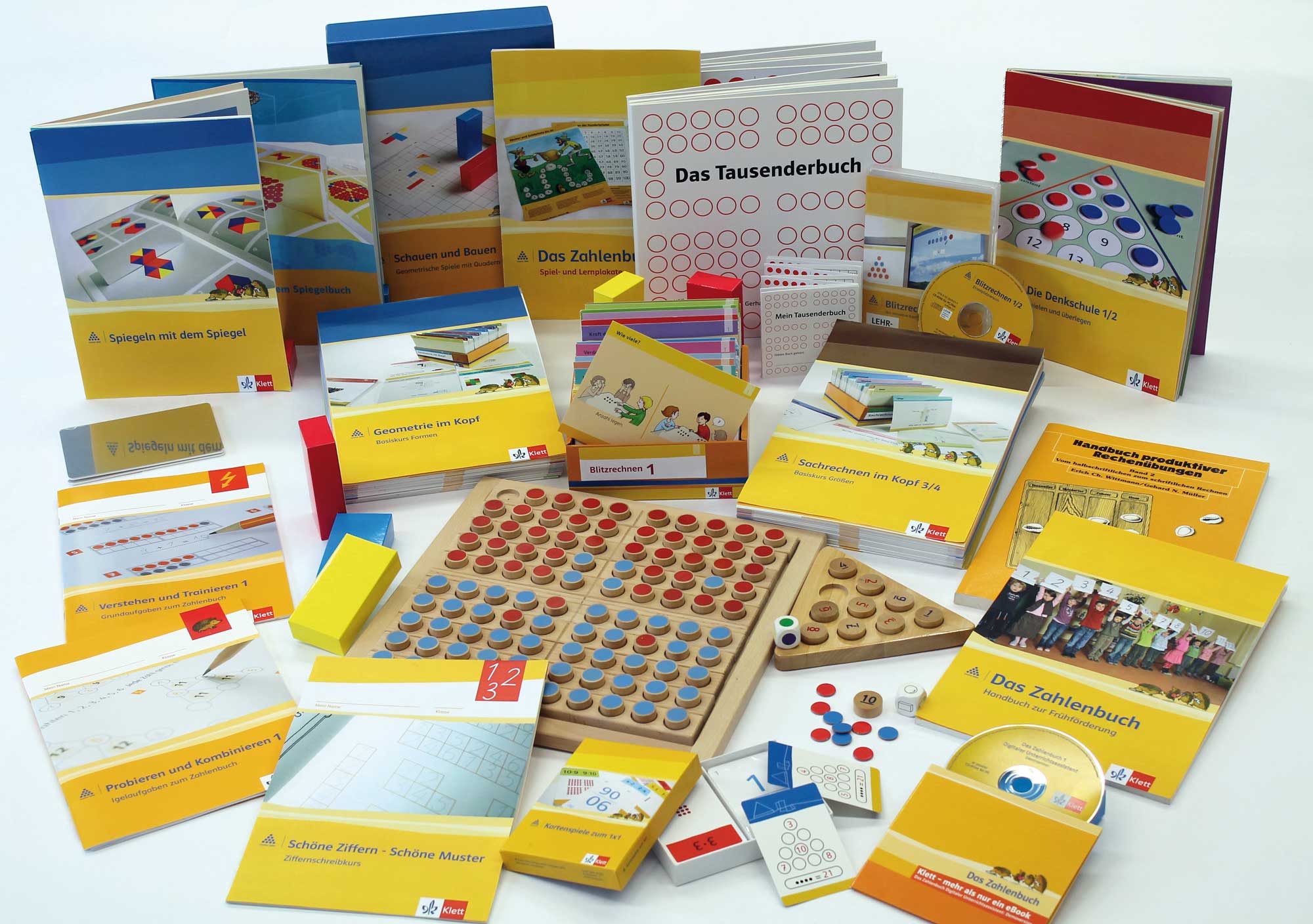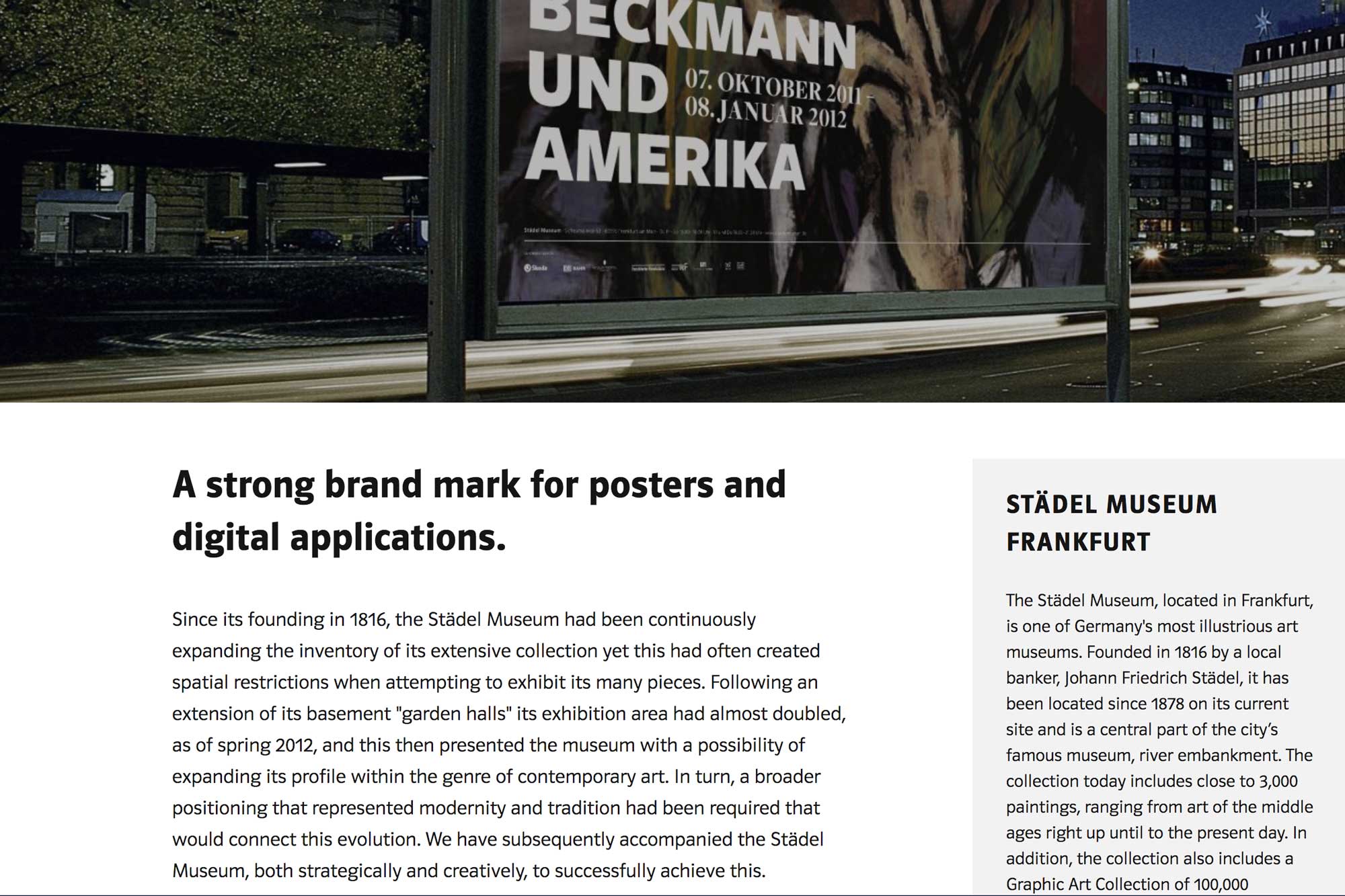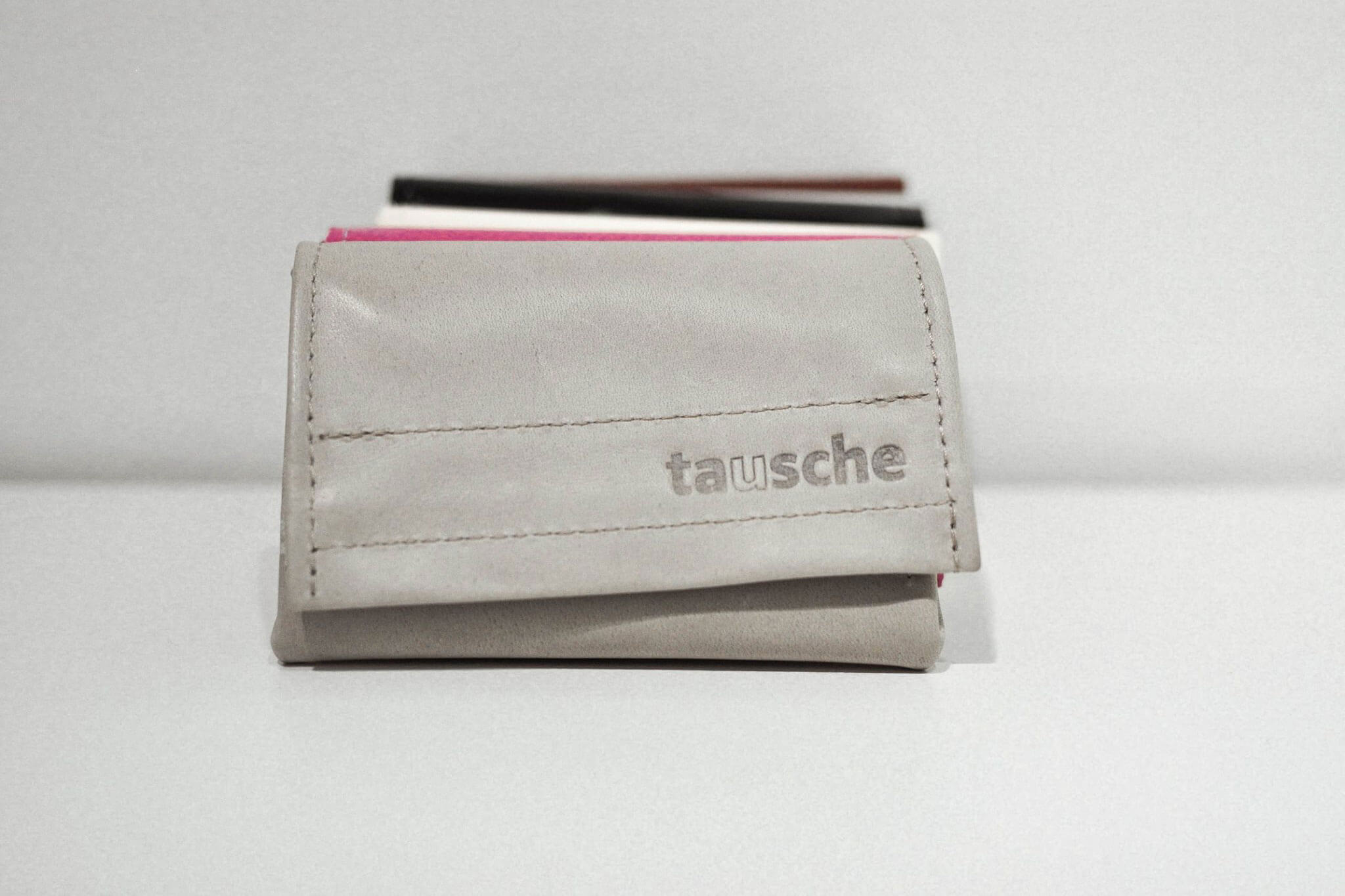Polo

Polo is a pioneering sans serif and Georg Saldens most popular and influential typeface. Polo’s construction follows the humanistic Antiqua, more so than Gill and Syntax. Salden says that his intention is to create type designs that have legible, harmonious forms. In developing alphabets able to represent an equivalent to historical typefaces, the goal for him is to find final forms which will still be recognised in 50 or 100 years. Such is the achievement of the Polo typeface, an innovation when first designed in 1972 and still fresh 50 years later. Polo encapsulates how Georg Salden works, making formal decisions based on meaning. Through his long career, none of his creations have been purely stylistic. One of Polo’s special features, the open ‘g’ recognisable from Baskerville, had never before been attempted in
a sans serif. Initially not part of the design – in the first Polo designs, the ‘g’ loop is still closed – was the result of an attempt to lighten the complex form, thinning the curve more and more before opening it, if only slightly. Visually, the eye is still able to complete the loop. Also the figures in this typeface are extraordinary: lining figures with minimal ascenders and descenders.
In 1989, Salden produced the first Polo digital fonts, deciding to do different versions for various sizes. During the era of lead composition it was natural for font sizes to be drawn differently, depending on the favourable form and spacing of each respective size. Salden made two initial versions of Polo: Polo 11 for small font sizes and Polo 22 for the larger sizes. Later, Salden added Polo 66, which is slightly lighter and narrower, better suited for use in headlines and narrow columns.
Polo fonts are available for different sizes: Polo 11 contains ink traps at sharp inside corners and reinforcements for sharp outside corners, which keeps the characters sharper in small sizes. The spacing is loser compared to Polo 22.
The characters of Polo 22, however, have no ink traps. When used in bigger font sizes it is more elegant than Polo 11.
Whereas the characters of Polo 11 und Polo 22 are drawn equally wide (Polo 11 has more spacing), Polo 66 is slightly lighter and narrower. It is more elegant in bigger sizes and space-saving in narrow columns
Polo 11, Polo 22, thin and condensed Polo fonts are equipped with lining figures. They are slightly smaller then the capitals and have tiny ascenders and descenders to fit better in text (middle). Polo 66 and Small Caps fonts contain old style figures (right). Polo OpenType Expert fonts also contain figures in capital height also, accessible via OpenType features.






